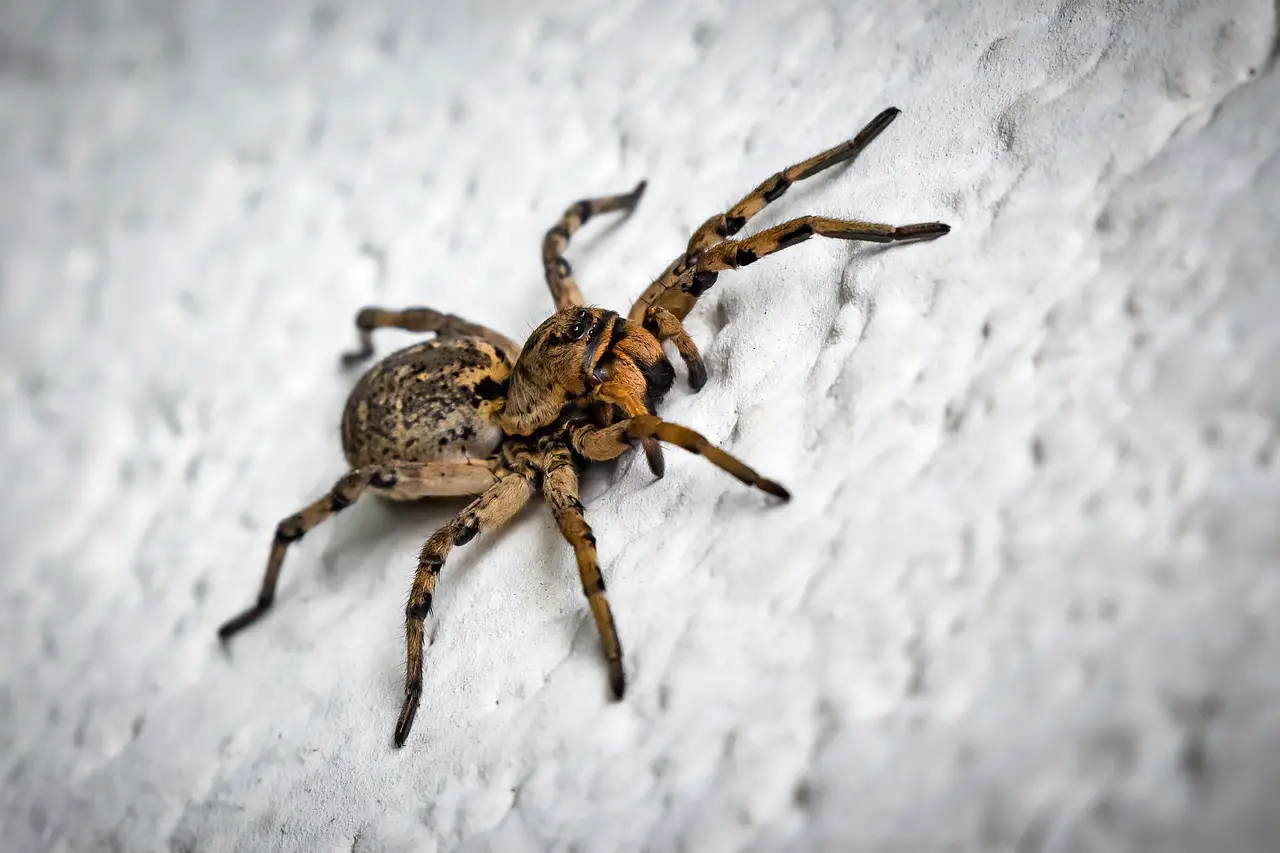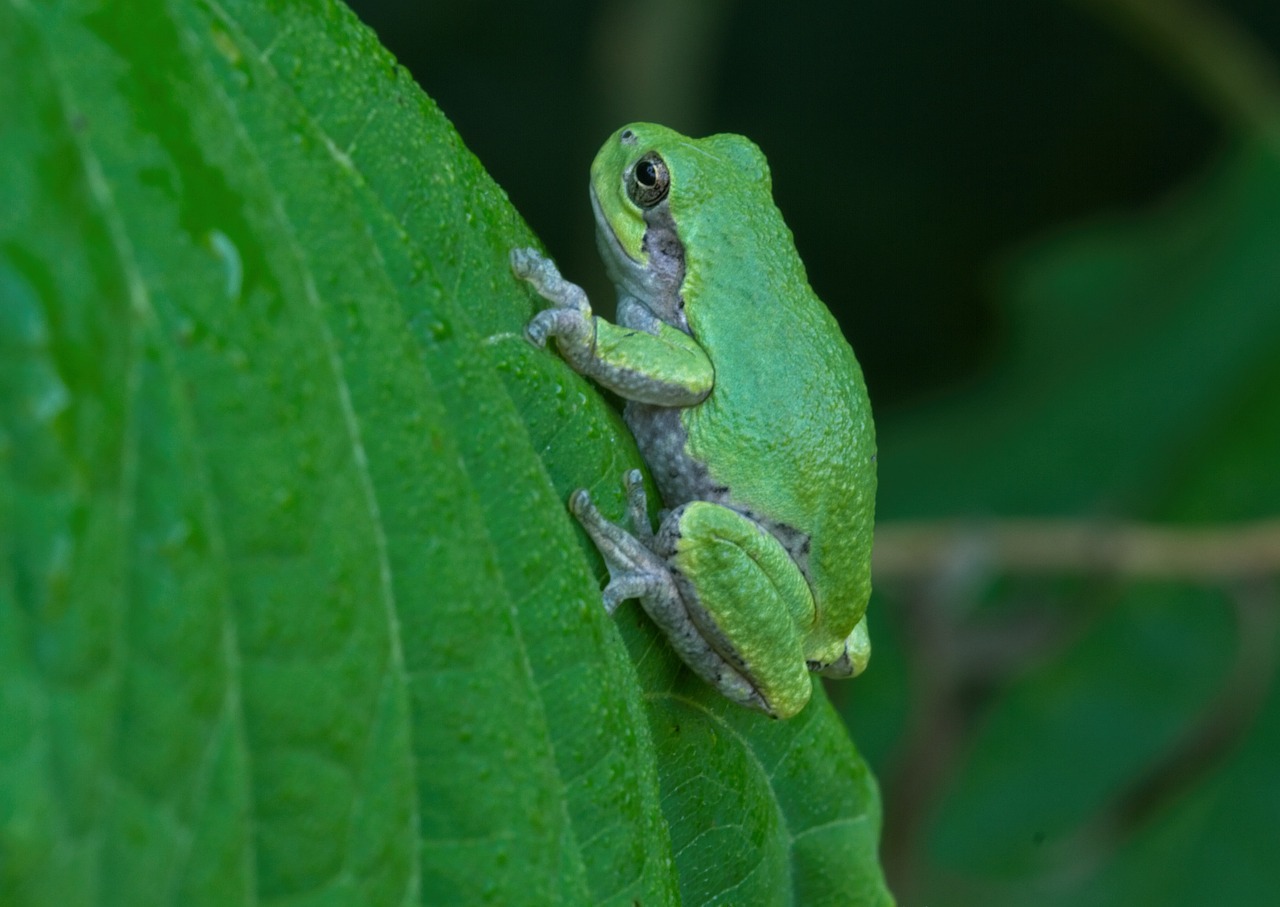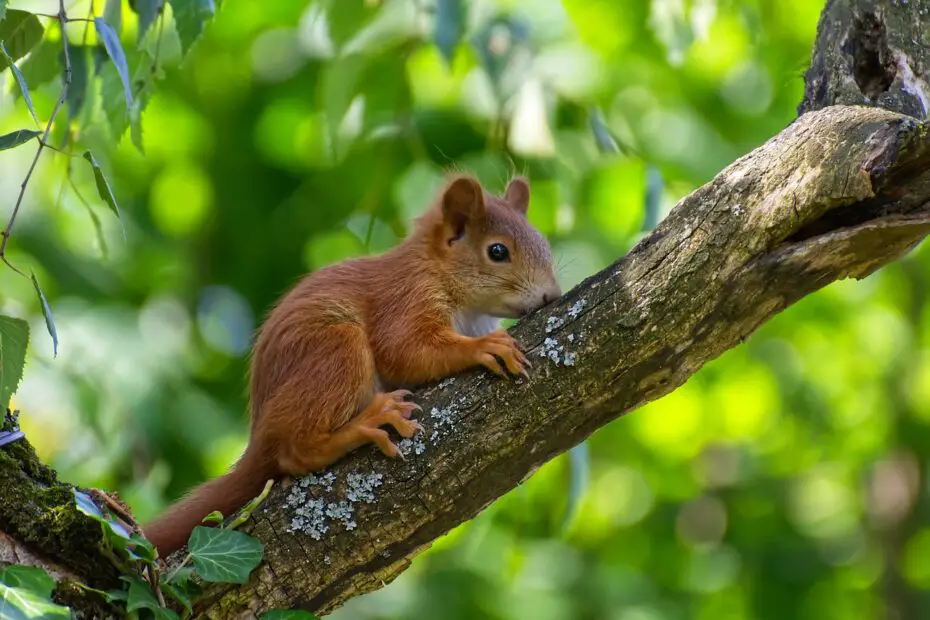The animal kingdom is full of remarkable creatures that have mastered the art of climbing. From agile arboreal experts to daring mountain climbers, these animals showcase their adaptability and skill as they navigate vertical landscapes. In this article, we explore the fascinating world of animals that climb, highlighting their unique adaptations and the challenges they face in their quest for survival.
You may also want to know if leopard geckos climb.
Arboreal Masters
Squirrel
Squirrels are renowned for their impressive climbing abilities. With their sharp claws and agile bodies, they effortlessly scurry up trees in search of food and shelter. Their remarkable sense of balance and powerful hind legs enable them to make daring leaps from branch to branch.
Spider
Spiders are expert climbers, capable of scaling a wide range of surfaces using their specialized appendages called spinnerets. These remarkable creatures can spin silk threads to create intricate webs, allowing them to traverse vertical spaces with ease.

Koala
Koalas, known for their love of eucalyptus trees, are arboreal specialists. Their sharp claws and padded hands and feet provide excellent grip as they climb and move between branches. Koalas spend most of their lives in trees, rarely descending to the ground.
Primate Climbers
Chimpanzee
Chimpanzees are highly skilled climbers and spend a significant amount of their time in trees. Their long arms, flexible shoulders, and opposable thumbs give them exceptional dexterity and allow them to swing effortlessly through the forest canopy.
Gibbon
Gibbons are renowned for their acrobatic skills and impressive agility. With their long arms and strong hands, they swing from branch to branch in a form of locomotion called brachiation. Gibbons can cover long distances through the forest with remarkable speed and grace.
Orangutan
Orangutans are the largest arboreal primates and spend most of their lives in trees. Their powerful arms and long fingers allow them to climb and swing through the dense rainforest canopy. Orangutans build elaborate nests in the treetops for resting and sleeping.
Mountain Climbers
Mountain Goat
Mountain goats are well-adapted to living in rugged mountainous terrain. With their muscular bodies, strong legs, and specialized hooves, they navigate steep slopes with ease. Their ability to climb rocky cliffs and precarious ledges allows them to access food sources in otherwise inaccessible areas.
Ibex
Ibex, with their long, curved horns and incredible agility, are expert climbers in alpine environments. They effortlessly navigate rocky cliffs and vertical slopes, using their hooves for secure footing. Ibex are capable of leaping great distances and scaling near-vertical surfaces.
Snow Leopard
The elusive snow leopard is a highly skilled climber, perfectly adapted to its high-altitude habitat. Their muscular build and large paws with fur-covered soles provide excellent traction on steep and icy slopes. Snow leopards are capable of making impressive leaps and traversing treacherous mountain landscapes.
Aerial Acrobats
Flying Squirrel
Flying squirrels have a unique adaptation that allows them to glide through the air. Their specialized skin flaps, known as patagia, stretch between their limbs, enabling them to glide from tree to tree. With their agile bodies and keen senses, flying squirrels navigate the forest canopy with remarkable precision.
Tree Frog
Tree frogs are skilled climbers, utilizing their adhesive toe pads to cling onto various surfaces. These specialized pads enable them to scale trees, walls, and leaves. Tree frogs are excellent climbers even in wet and slippery conditions, thanks to their unique adaptations.

Gecko
Geckos are known for their remarkable climbing abilities. Their specialized toe pads, covered in microscopic hairs called setae, allow them to cling onto vertical and even inverted surfaces. Geckos can scale walls and navigate complex environments with ease.
Animals That Climb: Adaptations for Climbing
Physical Adaptations
Climbing animals possess a range of physical adaptations that enhance their climbing abilities. These include specialized limbs, claws, adhesive pads, and muscular builds. These adaptations enable them to grip surfaces, maintain balance, and navigate vertical landscapes with precision.
Behavioral Adaptations
In addition to physical adaptations, climbing animals exhibit behavioral adaptations to aid their climbing. They learn through experience, develop problem-solving skills, and employ various climbing techniques. Observing other climbers within their species helps young animals acquire essential climbing skills.
Animals That Climb: Survival Challenges
Predators and Dangers
Climbing animals face various challenges, including the risk of predation. Predators often lurk below, waiting for vulnerable climbers to make a misstep. Additionally, falls and injuries can be significant risks, especially for animals navigating steep cliffs or trees during adverse weather conditions.
Competition for Resources
In densely populated habitats, climbing animals must compete for limited resources such as food and nesting sites. Heightened competition can lead to conflicts and adaptations in climbing strategies to secure access to essential resources.
Conservation and Climbing Animals
Protecting Natural Habitats
Conservation efforts play a crucial role in safeguarding the habitats of climbing animals. Preserving forests, mountains, and other natural landscapes is vital to ensure the survival of these unique species and maintain their crucial ecological roles.
Implications for Conservation Efforts
Understanding the specific needs and behaviors of climbing animals is essential for effective conservation strategies. Identifying key habitats, establishing protected areas, and promoting sustainable practices can help conserve the populations of climbing animals and the ecosystems they inhabit.
Animals That Climb: Conclusion
The world of climbing animals is a diverse and fascinating one. From agile squirrels and spiders to acrobatic primates and mountain goats, these creatures showcase their remarkable adaptations and skills in navigating vertical landscapes. By appreciating their unique abilities, we gain a deeper understanding of the intricate connections between animals and their environments.
FAQs
Q: Do all climbing animals have specialized adaptations? A: While many climbing animals possess specialized adaptations, not all climbing animals have the same level of specialization. Some rely on physical adaptations, such as claws or adhesive pads, while others develop behavioral strategies to navigate their vertical environments.
Q: Can domesticated animals climb? A: Domesticated animals can exhibit some climbing abilities, depending on their species and natural behavior. However, domestication often leads to behavioral changes and reduced climbing skills compared to their wild counterparts.
Q: Are there any insects that are skilled climbers? A: Yes, there are several insects that are skilled climbers, including certain species of ants, beetles, and grasshoppers. These insects have evolved adaptations such as specialized limbs or adhesive pads to navigate vertical surfaces.
Q: How do climbing animals stay safe from predators while climbing? A: Climbing animals employ various strategies to stay safe from predators while climbing. They often use their agility, speed, and acute senses to detect and avoid potential threats. Some animals also choose specific routes or times to climb when predators are less active.
Q: Which climbing animal is the best climber? A: It is challenging to determine the “best” climber among animals, as different species have unique adaptations and excel in specific environments. However, primates such as gibbons and orangutans, known for their brachiation and arboreal lifestyles, are often regarded as exceptional climbers.
